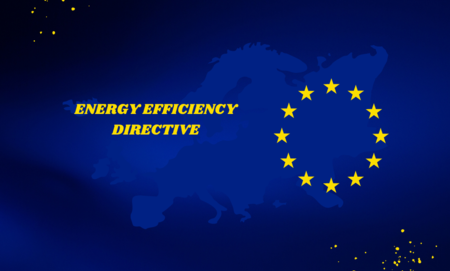The Energy Efficiency Directive, part of the “Fit for 55” package, was adopted by the EU Council and the European Parliament just weeks before its implementation in October 2023. This marks a significant step toward achieving climate neutrality by 2050.
The preamble to the directive emphasizes that energy efficiency should be the primary criterion in decision-making regarding infrastructure investments. Politically, it has been argued that a higher energy efficiency target could lower energy prices; however, opinions on this matter remain divided.
The directive imposes obligations on the public sector, requiring annual reductions in energy consumption and the renovation of buildings. Companies are mandated to implement energy management systems or conduct energy audits, with results that must be made publicly available.
Member states have two years to incorporate the directive’s provisions into their legal frameworks. The Ministry of Climate and Environment has highlighted the need to develop an optimal implementation model, ensuring that the solutions do not create excessive administrative or financial burdens.
One of the key challenges will include revising the definition of efficient heating and cooling systems, along with cogeneration criteria—issues that could pose difficulties for the heating sector.

